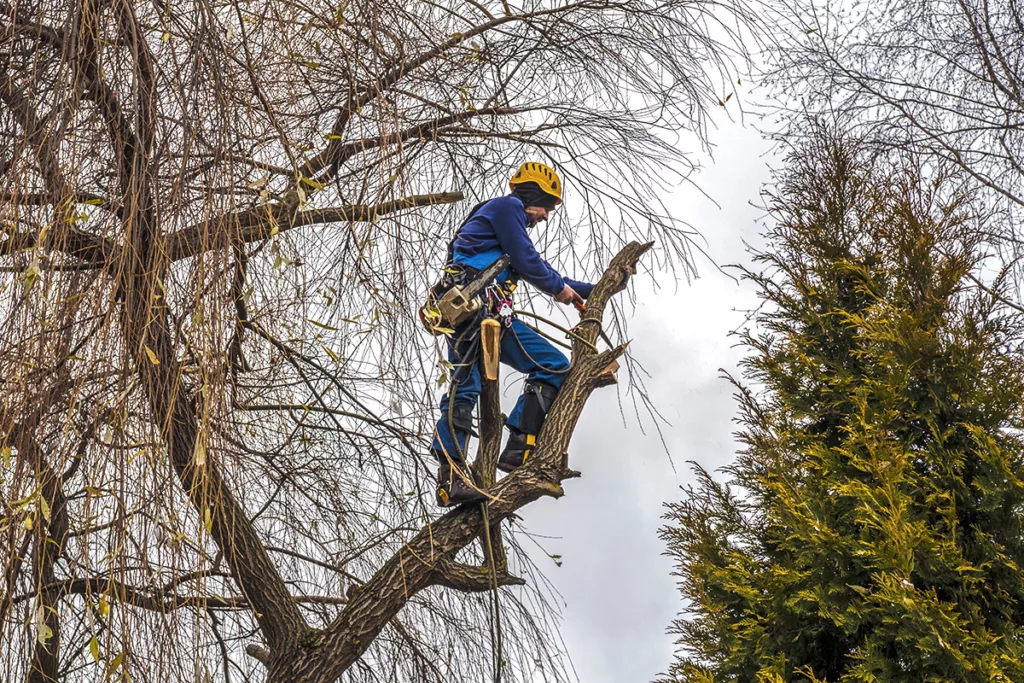6 Tips for Winter Tree Care in Sonoma County
As the seasons change, so will the care requirements for your trees. Low temperatures and winter sunlight can dry out foliage, damage branches, injure roots, and more. Luckily, these harmful effects can be easily prevented with proper winter tree care. Read on for expert advice about preparing your trees for winter in Sonoma County.
1. Add Mulch Around Your Trees
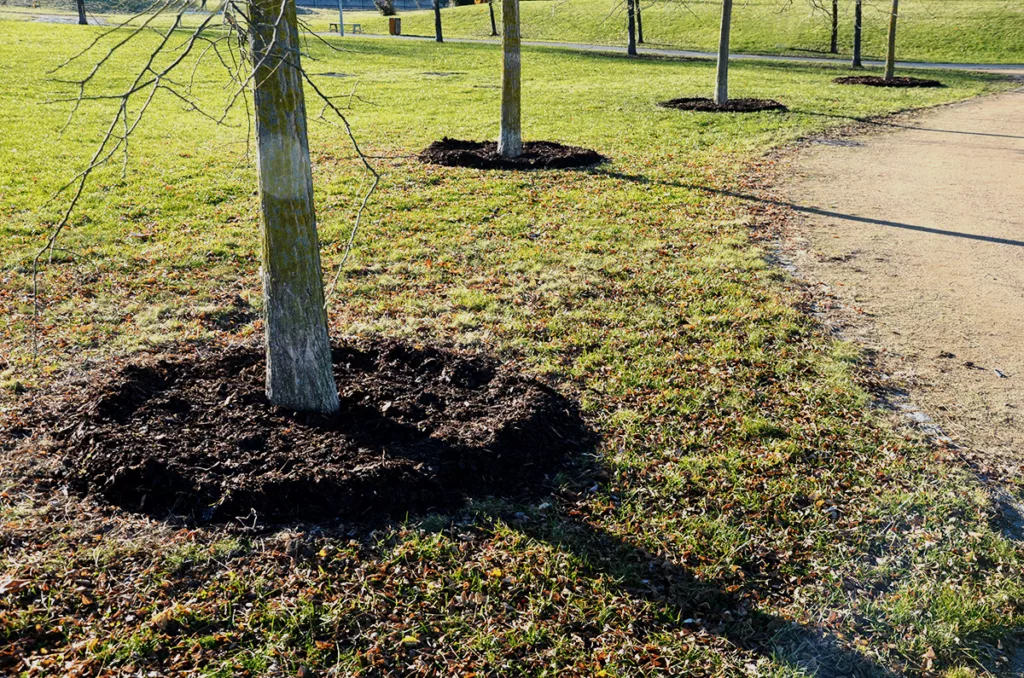
Although Sonoma County doesn’t get snow, the ground freezes and frosts over during the winter months. Adding 2-3 inches of mulch around a tree shields it from the effects of these harsh winter conditions. Tree mulch safely retains moisture delivering essential nutrients to the surrounding soil, and keeps the roots safe and warm from the cold.
There are two types of mulch you can use to prepare your trees for winter:
- Organic tree mulch is made of natural materials that decompose over time, which adds nutrients to the soil. Organic mulch is often made of wood chips, softwood bark, pine needles, and more.
- Inorganic tree mulch is commonly made of stone chips, river rock, gravel, and other materials that don’t naturally decay.
Although mulching might seem like an easy task, it’s a delicate process that needs to be approached correctly. The base of your tree needs space to breathe, and when you add too much mulch or mound it around the trunk in a “volcano,” shape this will starve the root system of oxygen. Try to shape your mulch like a “donut” instead.
2. Winter Tree Pruning
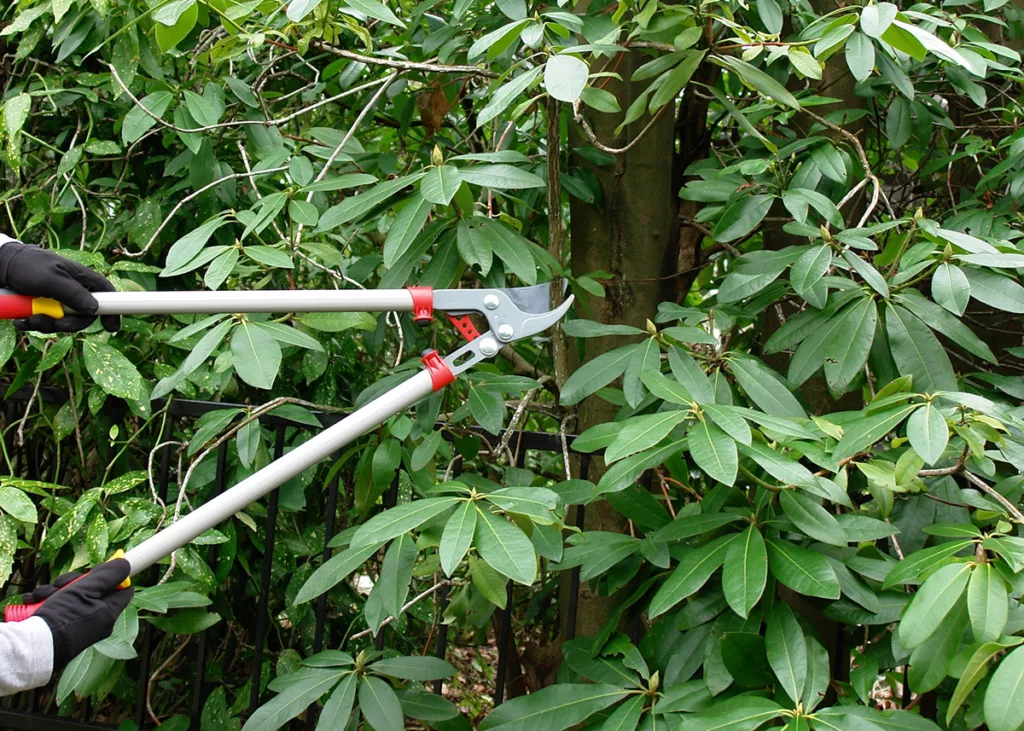
Having a certified arborist properly prune your trees is a great way to keep them strong and healthy during winter and for years to come. In California, pruning can take place virtually any time of the year, but there are additional benefits to pruning a tree while it’s dormant.
If a tree is pruned during winter, it’ll be able to dedicate more of its stored energy towards swiftly recovering from pruning cuts, ultimately causing less stress for the tree.
3. Check for Tree Pests, Parasites, and Disease
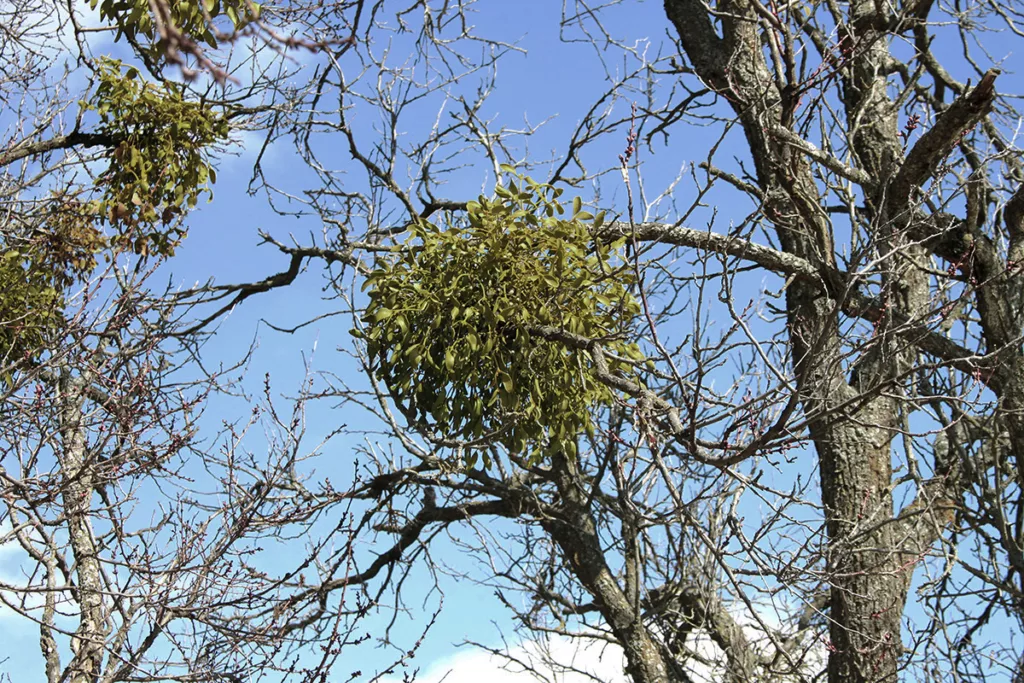
Without ongoing care, no tree is safe from pests and parasites. While trees transition into dormancy, many Sonoma County pests will also be going into hibernation and will likely seek out trees to call home during the winter months.
Having your trees routinely inspected by an arborist for signs of damage caused by pests, parasites, or disease will make it easier to spot potential problems before they become serious health and safety risks.
4. Covering Trees in Winter
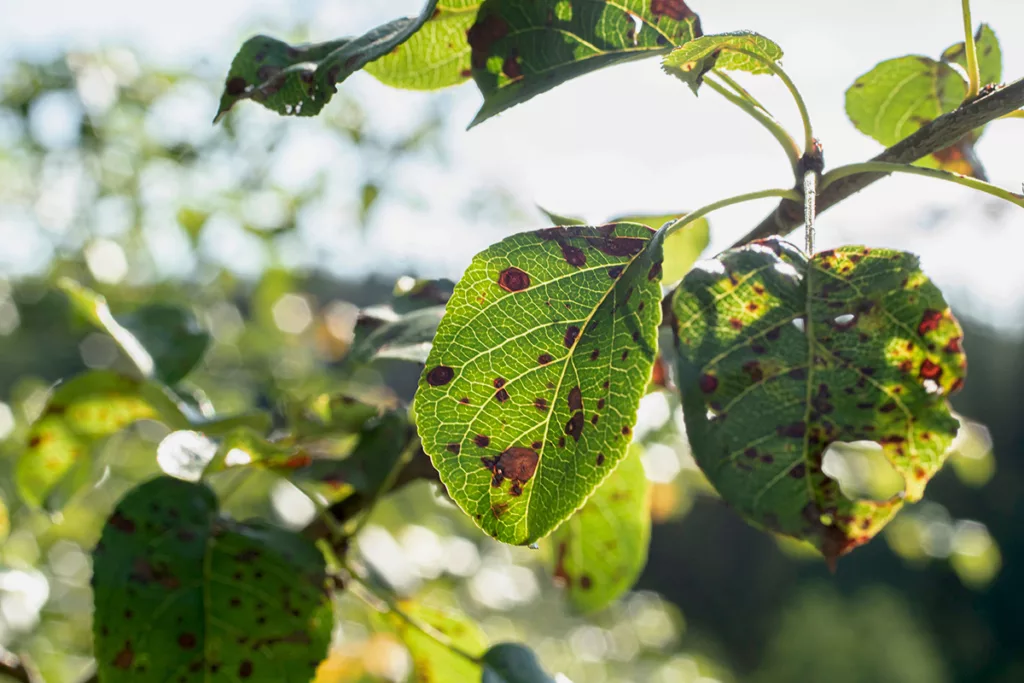
While Sonoma County doesn’t get snow during winter months, temperatures can still drop low enough for frost damage to be a potential issue for young or newly planted trees.
During the winter, young trees are particularly vulnerable to sunscald. This is when sudden temperature drops followed by direct sunlight cause damage to areas of the tree like the bark, leaves, or fruit. Older, more mature trees are likely to survive sunscald with only minor cosmetic damage. However, for younger trees with thinner bark, and underdeveloped foliage and branches, sunscald can be detrimental to its growth.
Luckily, preparing your trees for winter can help. To avoid sunscald or frost damage in the winter months, drape a breathable mesh or burlap over any vulnerable trees to help them conserve heat, and shield them from the elements.
5. Tree Cabling and Bracing
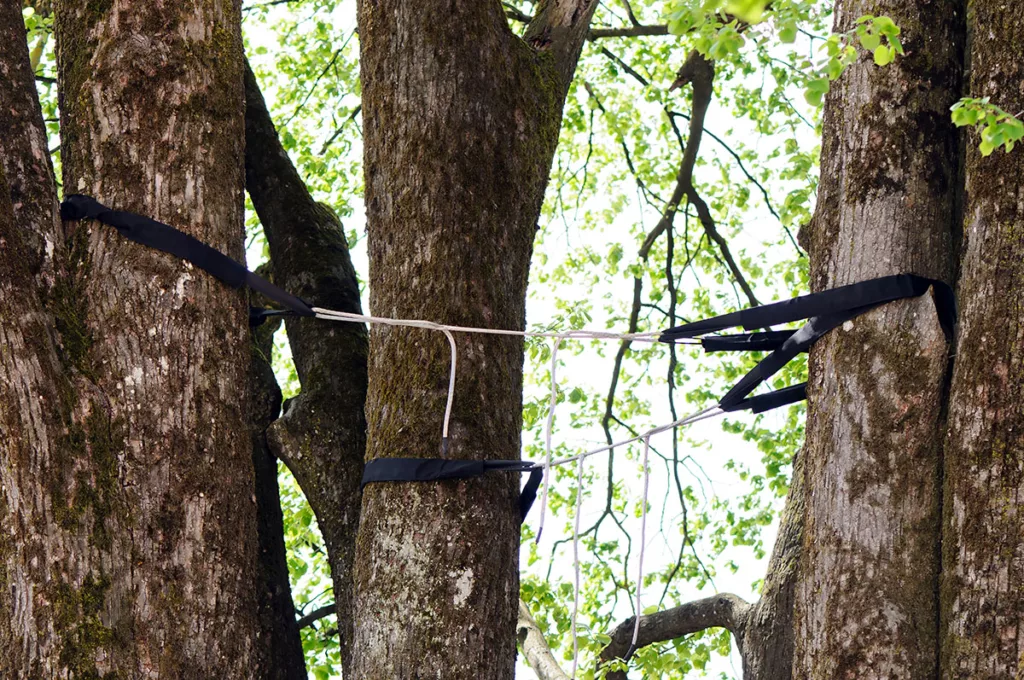
Sonoma County is no stranger to high winds and rain during winter storms, so it’s important to take steps to defend your trees from damage. Tree cabling and bracing are used on vulnerable trees to reduce the risk of damage or failure during severe weather conditions.
This protective technique restricts harmful limb movement and adds additional support to help your trees better withstand stormy weather.
6. Remove Dead or Dangerous Trees from Your Property
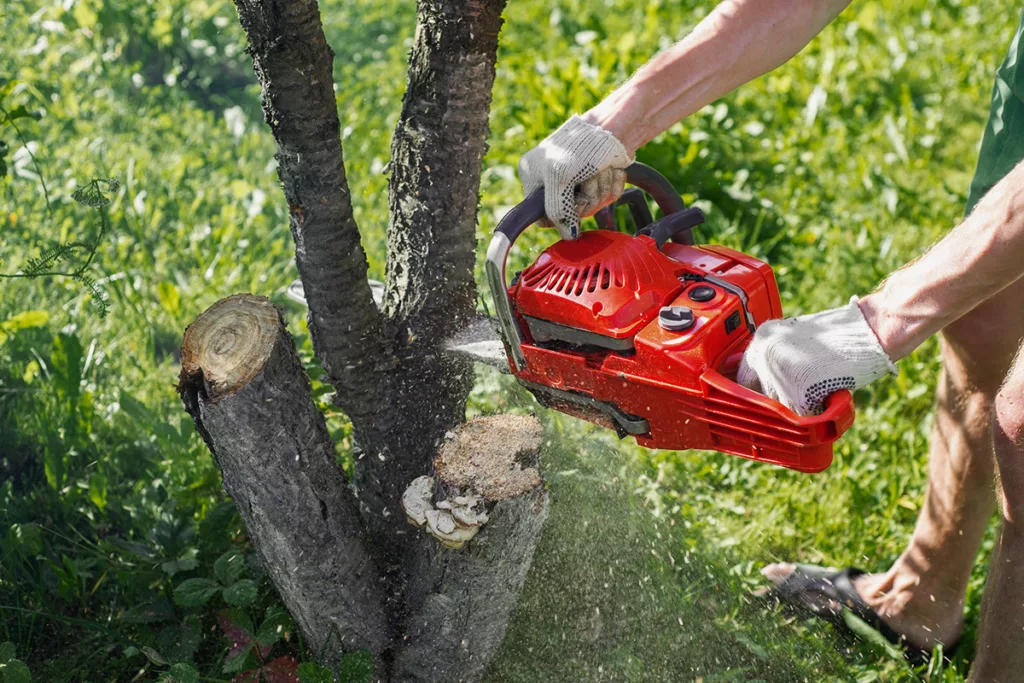
Winter weather like rain and strong winds can put hazardous trees at risk of failure (falling), which can cause injuries and property damage. This risk is especially high when it comes to trees that are already structurally damaged, or dead.
Hiring an arborist for professional tree removal services is an essential part of keeping both you and your property safe year-round.
Prepare Your Trees for Winter with Personalized Care from a Trusted Sonoma County Arborist
Preparing your trees for winter is a necessary step for ensuring their longevity. The certified arborists at Vintage Tree Care have been providing specialized tree care throughout Sonoma County for over 25 years. Our arborists provide personalized care to every customer and each tree on your property to ensure optimal health and beauty year-round.
Don’t wait; schedule comprehensive tree maintenance now to give your trees the care they deserve to thrive in any weather. Contact us online or give us a call at (707) 495-4686 to request an estimate today.


